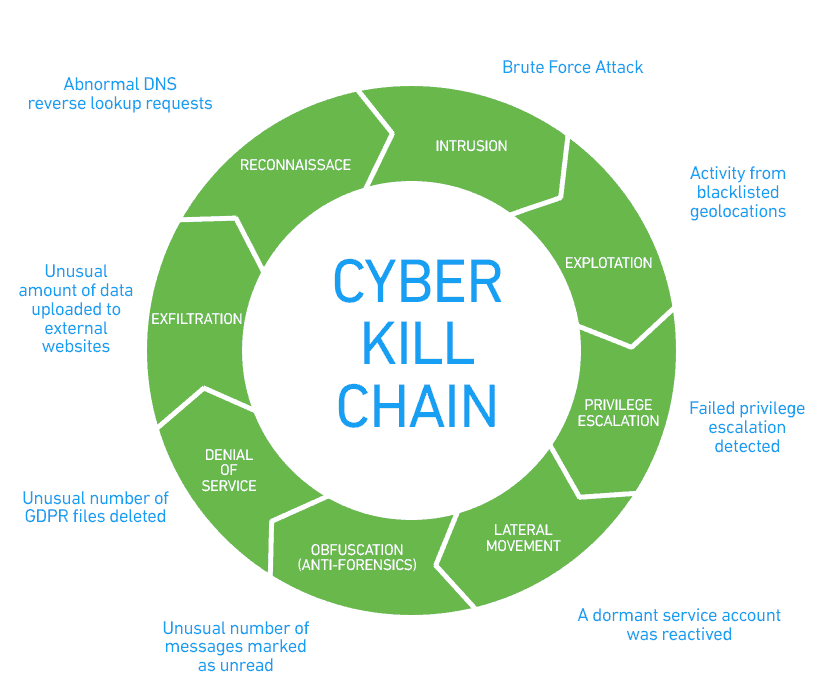Digital forensics is a process often used in criminal investigations. It involves collecting digital evidence from various devices, tools, or infrastructures such as computers, mobile devices, emails, hard discs, and cloud storage systems.
Here are a few famous cases where digital forensics played a crucial role.
The BTK Killer
You can’t talk about criminal cases and digital forensics without mentioning the infamous BTK killer case. What remained to be a mystery for more than 30 years was finally solved via digital forensics in the early 2000s.

Dennis Rader at his August 2005 sentencing hearing
The “BTK Killer,” aka Dennis Rader, tortured and killed at least ten people while he was still at loose and undiscovered. He’d taunt the police forces by sending them cryptic messages during his killing sprees, baffling them even more. However, it was this very habit that finally led to his arrest. In 2005, Rader sent the police a Microsoft Word document on a floppy disk. Digital forensics experts were able to trace the metadata contained within the disk, helping unveil the BTK Killer’s true identity. Rader was finally arrested and imprisoned shortly after this.
The Craigslist Killer
When you think of Craigslist, you typically think of buying and selling products online. Over a decade ago, however, the website name was associated with a murder case that was eventually solved through digital forensics.
In April 2009, Boston was shaken by the murder of a young woman in her hotel room. There was also a reported case of assault on another woman who was robbed at gunpoint. What did the two victims have in common? They had both advertised their services on Craigslist and had an appointment with a man named “Andy” on the night of the crime scene.
When investigators traced the emails exchanged between the victims and “The Craigslist Killer,” the IP addresses led them to an unlikely suspect: 23-year old Philip Markoff, a medical student. This was a massive victory for digital forensics, and it showcased how the technology can be used in crime cases.
Larry J. Thomas Vs State of Indiana
In 2016, Larry J. Thomas was found guilty of an attempted robbery that resulted in the murder of Rito Llamas-Juarez. While the case had eyewitnesses who confirmed Thomas’s presence at the crime scene, digital forensics helped strengthen the case even further.
During the investigation, the authorities took the content posted on the culprit’s Facebook account under consideration. They found that he had been using a handle named “Slaughtaboi Larro” and had posted photos of himself carrying an assault rifle. The ammunition used in the murder case matched that of the weapon shown in Thomas’s online images. The photos were also used to match a bracelet found at the crime scene. Thomas had been wearing a similar bracelet in the pictures posted online. Consequently, Thomas was arrested and imprisoned.



